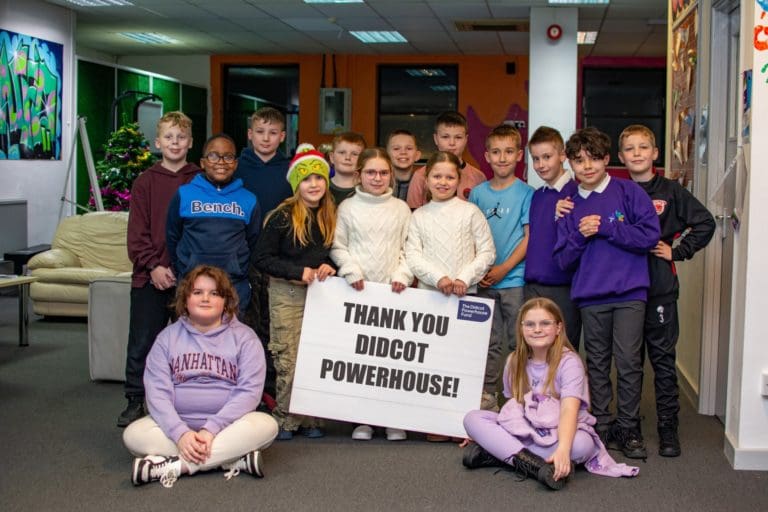
Milton Park is proudly home to some of the most innovative science businesses in the world. As one of Oxfordshire’s biggest science parks, we are proud of the area’s continued evolution and investment in STEM.
Oxfordshire and science go hand in hand. Home to the world’s oldest university, Oxford has always been a location for scientific discovery. Where great scientists flock, great science and STEM companies are bound to grow. Oxfordshire is now a hub of wonderful science research, built on a foundation of centuries of scientific breakthroughs in all disciplines. Milton Park is proud to be part of that globally recognised hub.
This post runs through some of the most exciting discoveries and breakthroughs made in Oxfordshire.
Penicillin
The first human penicillin patient was a police constable from Oxford. He suffered a serious face infection after a cut from a rose bush, but many of his symptoms were reversed after a five-day long dose of penicillin.
Howard Florey and Ernst Chain worked together on the patient trial which proved that penicillin was an effective drug against bacterial infections. Penicillin is predicted to have saved over 200 million lives since its discovery.
Dorothy Hodgkin also worked on ground-breaking penicillin work at Oxford when she successfully mapped out the structure of the compound, leading to further work on mass production of penicillin. Hodgkin’s mapping of the structure of vitamin B12 led to her winning the Nobel Prize for Chemistry.
The Needleless Injection
The development of a needleless injection by Brian Bellhouse at Oxford University led to the creation of the company Powderject, one of the most successful companies to come out of Oxford university. The new method involved a high pressure ‘burst’ of powder into the skin, completely pain free.
Measuring the Atmosphere of Distant Planets
The pioneer Fred Taylor helped create equipment which could measure and detect compositions of distant atmospheres using infrared remote sensing. While working at Oxford university, he measured the atmosphere of Jupiter, Saturn, Mercury, Mars and Venus, leading to leaps and bounds of understanding with how these planets functioned.
This work continued into the 1990s, where equipment using infrared remote sensing helped identify the growing hole in the earth’s O-Zone layer, providing a basis for work and initiatives to help fix it.
In-Depth Health Monitoring
Based in Milton Park, the digital health company Isansys have created the patient status engine, an incredible piece of tracking hardware and software which will break down the health status of a patient into minute detail as they go about their life. The device is wireless and collects data in real-time. This means data can be collected on the affects of any activity on the body.
James Sadler – The First British Aeronaut
In 1784 in Woodeaton, James Sadler took a historic balloon flight which was a huge step for man’s journey into the air. Sadler, a pastry chef from Oxford, was fascinated with balloon flight and made several journeys by balloon, with differing results, through his life.
Sadler’s daring and bravery during these first flights would lead to further evolutions in balloon flight.
Sadler’s exploits made him popular at the time, with one King George the Third noted as one of his most avid fans.
Nano Coating Technology
P2i, based here in Milton Park, has created a revolutionary ‘nano-coating technology’ which can be applied to a range of objects and make them extra tough, durable and water-repellent without affecting the product itself. The coating is as 1,000 times thinner than a human hair and completely invisible. The applications of this innovative product are endless and will continue to transform a wide range of sectors.
Scientific Oxfordshire
Milton Park’s county is the perfect place to continue to learn about science and our scientific heritage. Learn more about scientific innovation at the Museum of the History of Science in Oxford. You can also visit Oxfordshire’s Science and Ideas Festival, which has a huge range of events and talks.
The discoveries won’t stop either. Oxford university is currently working on building the world’s first quantum computer. If successful, the computer will unlock many questions around the workings of the physical world. As long as the science community remains, and incredible companies based at parks like Milton Park continue to thrive, Oxfordshire will always have a strong link to science.



